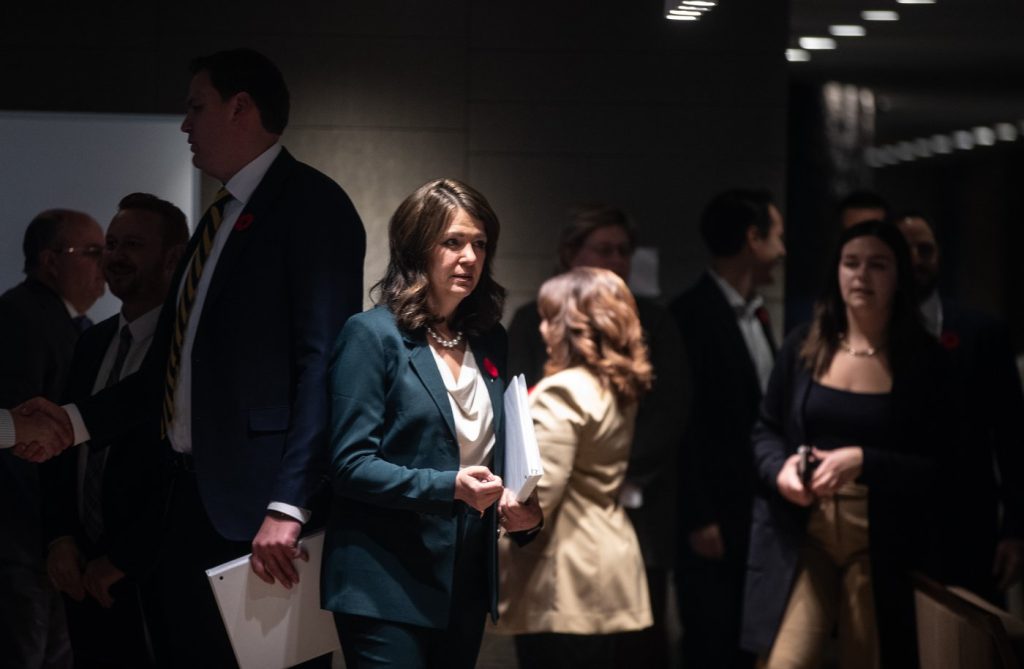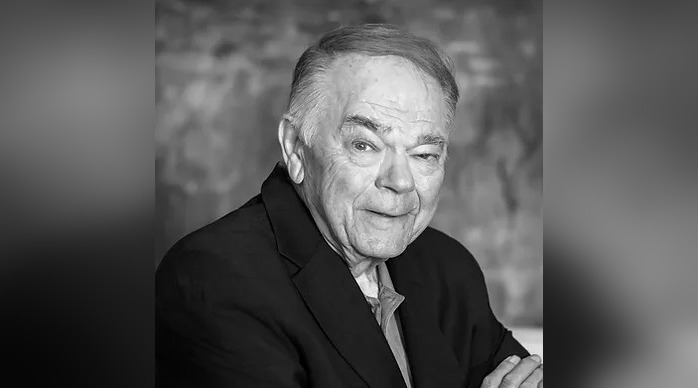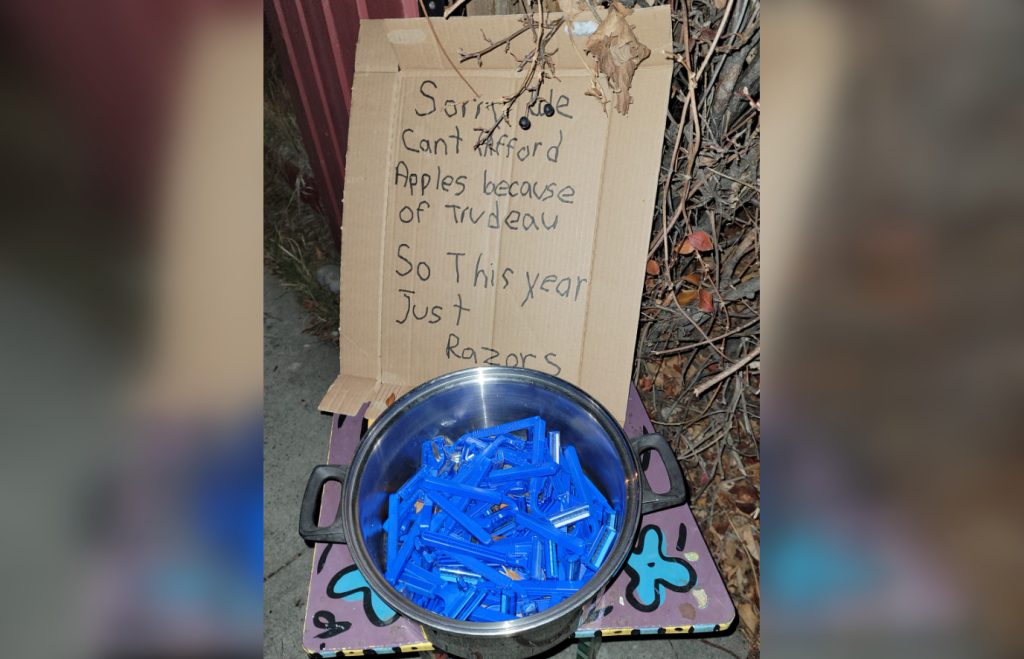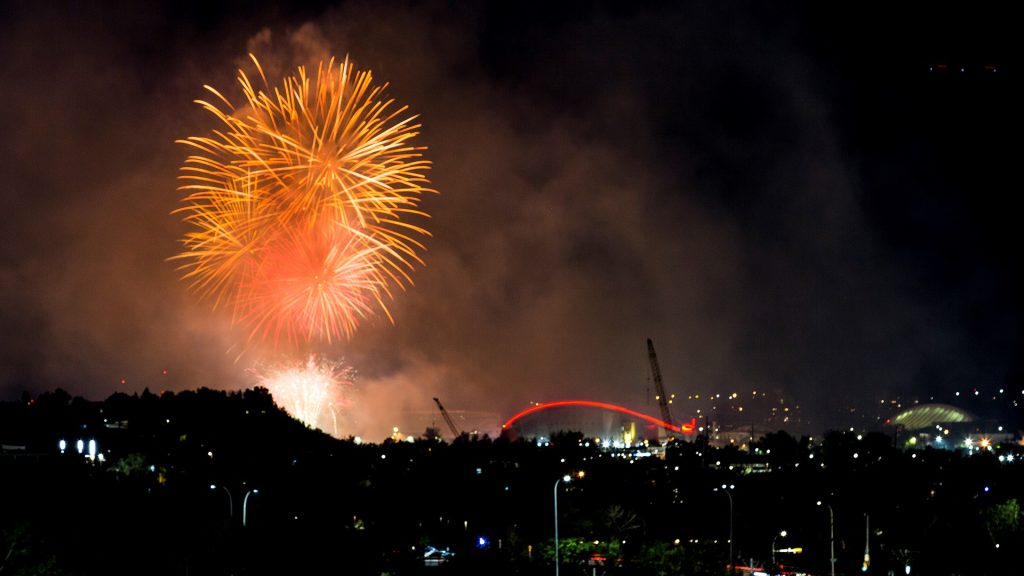‘Principal architect’ of Morrisseau mass forgeries sentenced to five years in prison

Posted Sep 5, 2024 10:07 am.
Mass forgeries of Indigenous artist Norval Morrisseau’s paintings have caused irreparable harm to the trailblazer’s legacy — and to First Nations art writ large, an Ontario judge acknowledged Thursday in sentencing one of the ringleaders of a sprawling fraud scheme.
David Voss was handed a five-year prison sentence in a Thunder Bay, Ont., court for his role in producing and distributing thousands of Morrisseau fakes from 1996 to the mid-2010s. He had pleaded guilty in June to one count of forgery and one count of uttering forged documents.
Voss is the second person involved in the scheme to receive what is considered a stiff penalty for major fraud. Gary Lamont also got a five-year sentence after pleading guilty to two charges. Six others were charged last year.
Justice Bonnie Warkentin’s decision marked a major milestone in the case, with Voss described by Crown prosecutors as the “principal architect” behind the scheme.
“The damage is profound,” Warkentin said as she delivered her ruling.
“The legacy of Norval Morrisseau has been irrevocably damaged. His spirituality has been undermined and tarnished.”
There has also been harm to Canadian art and its overall legacy, Warkentin said, noting there is “international significance” to the case.
Earlier on Thursday, the late artist’s estate and other victims detailed how they were affected.
“The emotional devastation wrought by this decades-long crime is immeasurable,” said Cory Dingle, the executive director of the Morrisseau estate.
Reading out a victim impact statement via videoconference, he described it as the “largest cultural appropriation event” in modern history, “a cultural crime that goes beyond financial losses, reaching into the very heart of Indigenous heritage.”
Morrisseau, the first Indigenous artist whose work was shown in a contemporary gallery, died in 2007. He was from what is now known as Bingwi Neyaashi Anishinaabek First Nation near Thunder Bay.
The artist was a survivor of residential schools, land displacement and systemic racism, Dingle said. Morrisseau took those scars and traumas and “translated them into strokes and paint and created a unique way of expressing the Indigenous reality that he lived.”
Morrisseau’s estate has suffered substantial financial losses, Dingle said. He added that due to the proliferation of fakes, academics have shied from studying Morrisseau’s work, while galleries have been reluctant to display it.
Other victims told court about personal financial losses they incurred because of the fraud, as well as the hit to their trust of — and ultimately the value of — the Canadian art market and Indigenous art in particular.
For Kevin Hearn, it was a passion project to help uncover what he described as “a cruel and disgusting fraud now considered by many to be the largest in art history.”
The member of the Barenaked Ladies rock band, who appeared in court via Zoom, had engaged in a private investigation that helped bring down the criminal operation. He won a lawsuit in 2019 against a Toronto gallery that sold him one of the fakes.
“His calculated fraud has not only stolen and mutilated Norval’s identity as expressed in his artistic vision and work,” the musician said of the accused ringleader. “Voss has also exploited both the art world and Indigenous culture, perpetuating colonial practices by misappropriating and commercializing sacred traditions and stories. These actions hurt us all.”
In his submissions to the court, Crown prosecutor Joseph Heller noted that Morrisseau’s works typically depicted references from his own Ojibwe people.
“These aren’t paintings of apples. These aren’t studies of flowers in a pot,” he said. “These stories do not belong to Mr. Voss. He is not First Nations. It is not for him or others to purport to tell the stories of First Nations peoples using … Morrisseau’s name.”
The defence agreed with the Crown’s recommendation of a five-year sentence in what Voss’s lawyer, Justin Blanco, called a “joint submission in all respects.”
Blanco acknowledged the “quite far-reaching” impact of the crime in his submissions to the court on Thursday afternoon.
He said Voss’s guilty plea saved “an enormous amount of judicial resources.” The trial would have spanned months; there were 91 civilian witnesses and 45 police witnesses on a preliminary list, and each individual painting would have had to be considered as evidence.
There are many more victims who still don’t know, or don’t want to know, that their Morrisseau painting is a fake, Heller, the Crown prosecutor, said. Police have identified just over 1,600 artworks, he said, but thousands more exist.
Warkentin said fakes “must be identified and condemned as forged art” and acknowledged Voss’s co-operation in helping to identify them.
In light of the sheer number of victims, she ruled Thursday that the question of restitution would be “so complex as to be unmanageable.”
A separate hearing regarding the forfeiture of forged paintings is expected to be scheduled for a later date.








